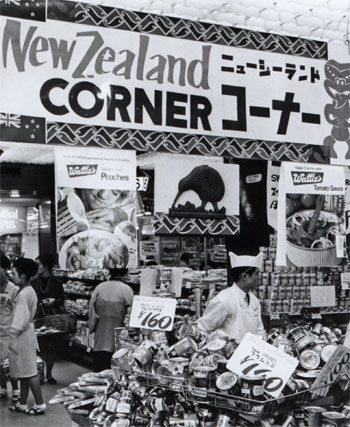He korero whakarapopoto
Early contacts with Asia
From the 1790s, with the beginning of sealing, New Zealand formed links to Asia through trade and commerce.
From 1866 South Island gold drew Chinese miners.
Pākehā New Zealanders regarded Asia as a strange, alien place, with large populations that might flood Australasia, so the government brought in laws that made it difficult for Chinese and other Asians to move here.
Non-Asian New Zealanders gained much of their knowledge about Asia from the accounts of those who had been there. They included settlers who had seen military service in India, and missionaries who had worked in India and China.
New Zealand, Britain and Asia
In the early 20th century New Zealand was still part of the British Empire, and New Zealand’s mistrust of Asia caused conflict with the British government. Britain, which ruled India, worried that New Zealand’s anti-Asian immigration laws might cause Indians to protest.
Britain also wanted to keep the Japanese government happy, as the two countries were allies. New Zealanders, however, were nervous about Japan’s growing military power.
War and conflict
Japan invaded China in 1937. New Zealanders had more sympathy towards China, and allowed the families of Chinese residents to come to New Zealand to escape the fighting.
During the Second World War Japan attacked countries in the Pacific. Allied countries, including New Zealand, fought back.
The Second World War ended in 1945 and the Cold War – a long period of tension between communist and Western countries – began. Many of its conflicts took place on Asian soil, for example in Vietnam and Korea.
New Zealand troops fought on the side of the Western countries. Those troops stationed in Korea formed positive impressions of nearby Japan, which they visited while on leave.
New interest in Asia
In the 1970s New Zealand’s economic ties with Britain loosened and the economic power of Asian countries such as Japan and China began to grow. New Zealand looked to Asia for new trading partners, and changed its immigration policies to attract migrants from Asia. It also welcomed Asian students and accepted refugees from Asian countries racked by war.
By 2006 Japanese had become the second most popular language learned at New Zealand secondary schools, after French. That year 354,552 New Zealand residents identified themselves as being of Asian ethnicity. New Zealand’s links with Asia were stronger than ever.





